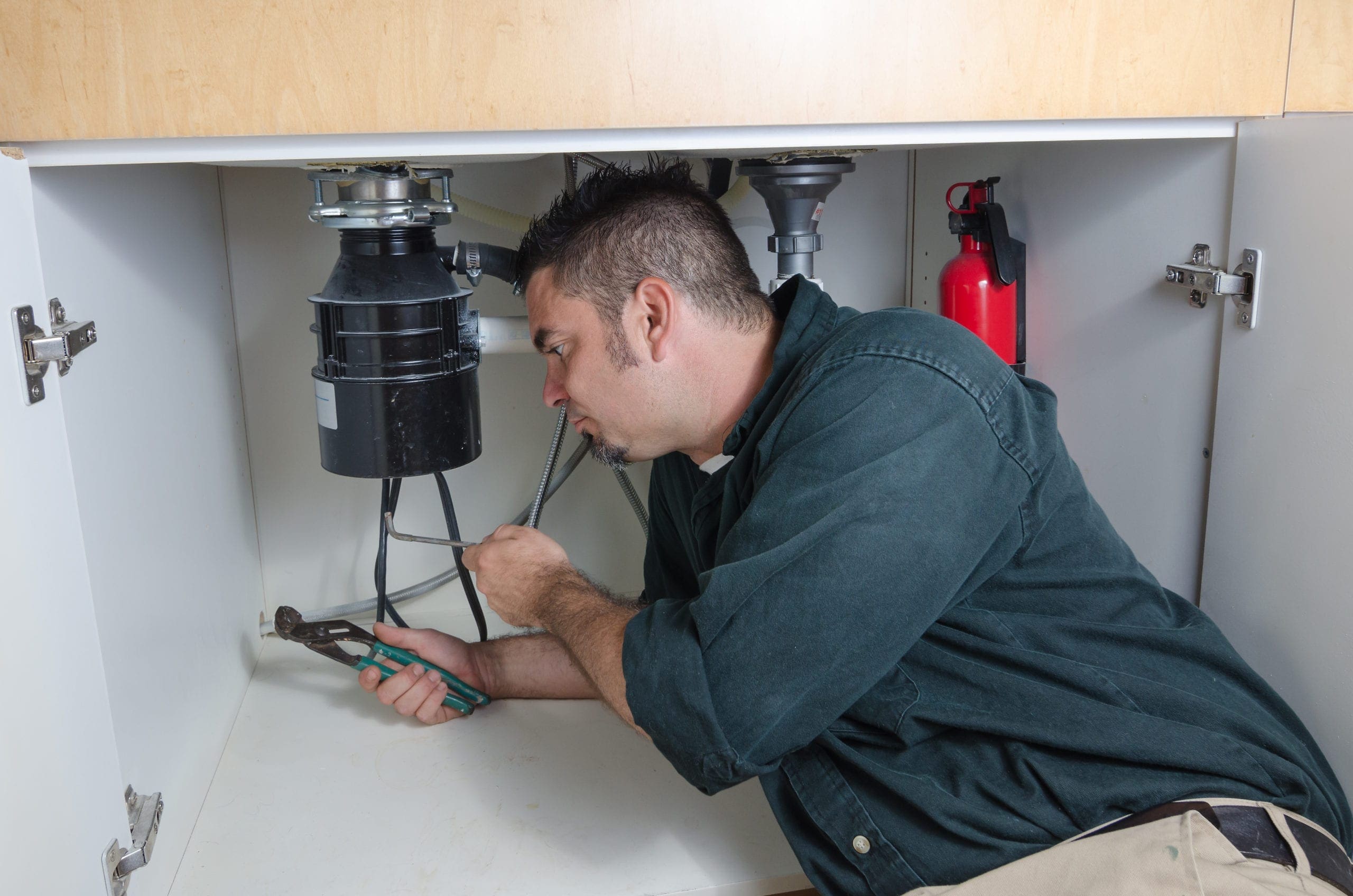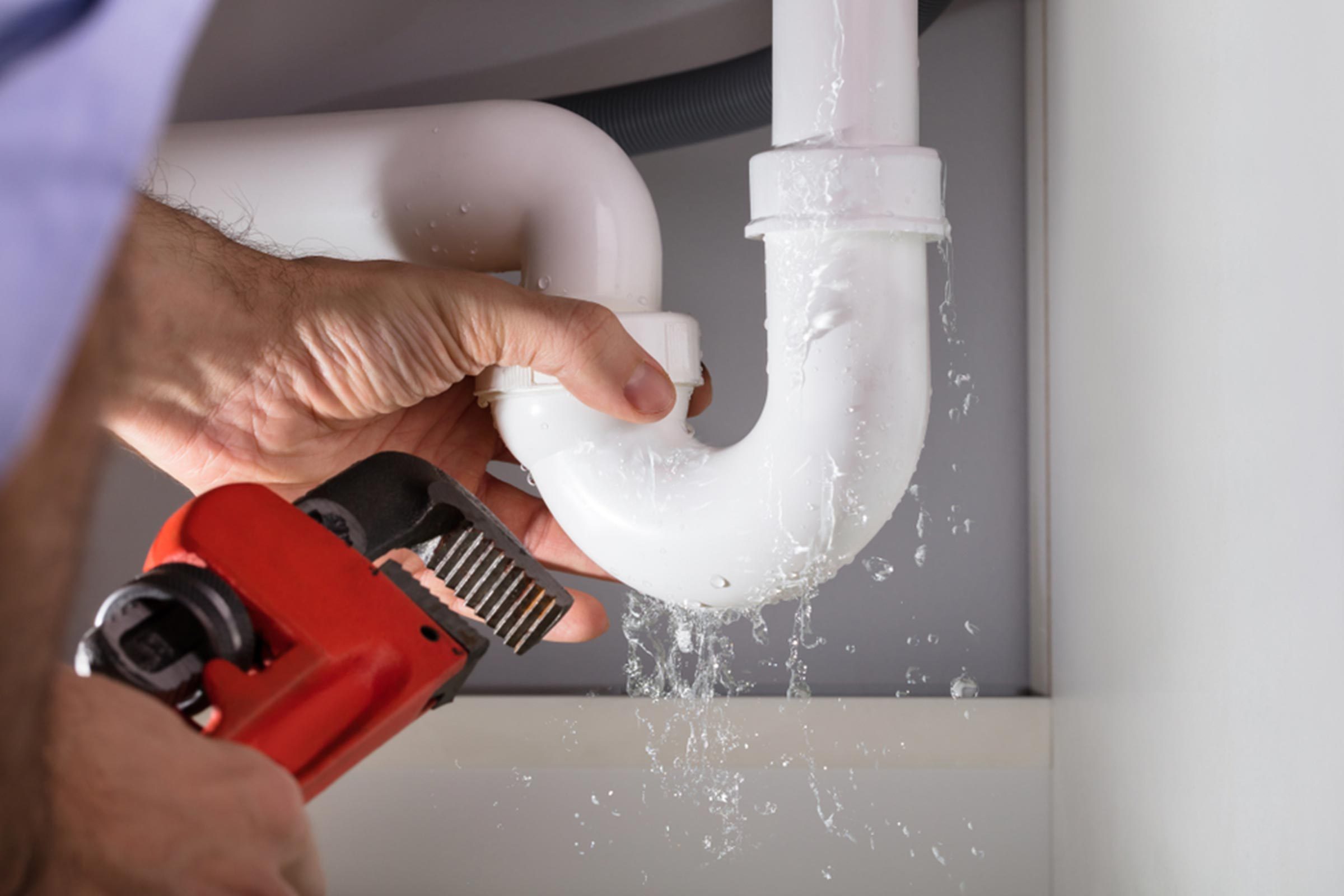Hiring the Pros: Typical Home Appliance Issues Best Entrusted To Plumbers
Hiring the Pros: Typical Home Appliance Issues Best Entrusted To Plumbers
Blog Article
We've noticed the article involving Why Do My Plumbing Pipes Make A Knocking Noise directly below on the internet and reckoned it made sense to talk about it with you on my blog.

To detect noisy plumbing, it is necessary to identify initial whether the unwanted noises take place on the system's inlet side-in various other words, when water is turned on-or on the drainpipe side. Sounds on the inlet side have differed causes: too much water pressure, used valve and also faucet components, incorrectly connected pumps or various other appliances, improperly placed pipe fasteners, as well as plumbing runs having a lot of limited bends or other constraints. Noises on the drainpipe side typically originate from bad place or, as with some inlet side noise, a format including limited bends.
Hissing
Hissing noise that takes place when a faucet is opened a little typically signals too much water stress. Consult your regional public utility if you suspect this issue; it will be able to inform you the water pressure in your location and can set up a pressurereducing shutoff on the incoming water system pipeline if required.
Thudding
Thudding sound, often accompanied by trembling pipelines, when a tap or home appliance shutoff is turned off is a condition called water hammer. The noise and also resonance are caused by the resounding wave of stress in the water, which suddenly has no location to go. Often opening a shutoff that releases water promptly right into an area of piping having a restriction, elbow joint, or tee fitting can create the exact same problem.
Water hammer can generally be healed by mounting installations called air chambers or shock absorbers in the plumbing to which the problem shutoffs or taps are connected. These devices permit the shock wave created by the halted flow of water to dissipate in the air they include, which (unlike water) is compressible.
Older plumbing systems may have short vertical sections of capped pipe behind wall surfaces on tap competes the very same purpose; these can eventually loaded with water, lowering or destroying their effectiveness. The cure is to drain pipes the water supply entirely by shutting down the major water shutoff and also opening all faucets. Then open the primary supply valve and close the faucets one at a time, beginning with the tap nearest the shutoff as well as finishing with the one farthest away.
Chattering or Shrieking
Intense chattering or screeching that occurs when a shutoff or tap is switched on, and that typically disappears when the fitting is opened fully, signals loosened or malfunctioning interior parts. The service is to replace the shutoff or tap with a new one.
Pumps and appliances such as cleaning equipments as well as dishwashing machines can transfer electric motor sound to pipelines if they are improperly connected. Connect such products to plumbing with plastic or rubber hoses-never stiff pipe-to isolate them.
Other Inlet Side Noises
Squeaking, squealing, scraping, snapping, and also touching typically are caused by the development or tightening of pipes, generally copper ones providing hot water. The sounds take place as the pipelines slide against loosened bolts or strike nearby residence framework. You can typically pinpoint the area of the issue if the pipes are revealed; just follow the audio when the pipes are making sounds. Probably you will certainly find a loose pipeline hanger or a location where pipelines lie so near floor joists or various other framing pieces that they clatter versus them. Attaching foam pipeline insulation around the pipes at the point of call must remedy the trouble. Make sure bands as well as wall mounts are safe and supply sufficient assistance. Where possible, pipeline fasteners need to be attached to substantial structural components such as foundation wall surfaces rather than to mounting; doing so lessens the transmission of resonances from plumbing to surfaces that can magnify and move them. If affixing fasteners to framework is unavoidable, cover pipes with insulation or various other resistant material where they speak to fasteners, as well as sandwich completions of new bolts between rubber washing machines when mounting them.
Fixing plumbing runs that deal with flow-restricting tight or many bends is a last resort that must be taken on only after getting in touch with a skilled plumbing professional. However, this situation is relatively typical in older residences that may not have actually been constructed with indoor plumbing or that have actually seen several remodels, particularly by beginners.
Drainpipe Sound
On the drain side of plumbing, the chief objectives are to eliminate surface areas that can be struck by dropping or rushing water as well as to shield pipes to consist of unavoidable noises.
In brand-new construction, tubs, shower stalls, commodes, and wallmounted sinks and basins need to be set on or against durable underlayments to lower the transmission of sound with them. Water-saving commodes and also faucets are less loud than traditional designs; mount them as opposed to older types even if codes in your area still permit using older fixtures.
Drainpipes that do not run vertically to the basement or that branch right into horizontal pipe runs supported at floor joists or other framing present especially bothersome sound troubles. Such pipelines are large enough to radiate significant resonance; they likewise bring considerable quantities of water, that makes the circumstance even worse. In brand-new building and construction, define cast-iron dirt pipelines (the big pipelines that drain pipes bathrooms) if you can manage them. Their enormity consists of a lot of the sound made by water going through them. Likewise, prevent directing drains in wall surfaces shown bed rooms as well as rooms where people collect. Wall surfaces including drainpipes should be soundproofed as was described earlier, making use of dual panels of sound-insulating fiber board as well as wallboard. Pipes themselves can be wrapped with special fiberglass insulation created the objective; such pipes have an impervious vinyl skin (sometimes having lead). Outcomes are not constantly satisfying.
WHY IS MY PLUMBING MAKING SO MUCH NOISE?
This noise indeed sounds like someone is banging a hammer against your pipes! It happens when a faucet is opened, allowed to run for a bit, then quickly shut — causing the rushing water to slam against the shut-off valve.
To remedy this, you’ll need to check and refill your air chamber. Air chambers are filled with — you guessed it — air and help absorb the shock of moving water (that comes to a sudden stop). Over time, these chambers can fill with water, making them less effective.
You’ll want to turn off your home’s water supply, then open ALL faucets (from the bathroom sink to outdoor hose bib) to drain your pipes. Then, turn the water back on and hopefully the noise stops! If you’re still hearing the sound, give us a call to examine further.
Whistles
Whistling sounds can be frustrating, as sometimes the source isn’t easily identified. However, if you can pinpoint which faucet or valve that may be the cause, you’ll likely encounter a worn gasket or washer — an easy fix if you replace the worn parts!Whistling sounds from elsewhere can mean a number of things — from high water pressure to mineral deposits. Your best plan of attack here is to give our plumbing experts a call. We’ll be able to determine where the noise is coming from and what the cause may be, then recommend an effective fix!
Cracks or Ticks
Cracking or ticking typically comes from hot water going through cold, copper pipes. This causes the copper to expand resulting in a cracking or ticking sound. Once the pipes stop expanding, the noise should stop as well.
Pro tip: you may want to lower the temperature of your water heater to see if that helps lessen the sound, or wrapping the pipe in insulation can also help muffle the noise.
Bangs
Bangs typically come from water pressure that’s too high. To test for high water pressure, get a pressure gauge and attach it to your faucet. Water pressure should be no higher than 80 psi (pounds per square inch) and also no lower than 40 psi. If you find a number greater than 80 psi, then you’ve found your problem!
Next step is to give us a call in order to install a pressure regulator. Trust us, you don’t want to wait to resolve this issue. Not only is the sound annoying, but high water pressure can be destructive to your home — including damaging certain appliances, like your washer and dishwasher.
Dripping
You might be accustom to the slow quiet drip your kitchen faucet makes. You might have even tuned out your bathroom sink dripping and drabbing all day long — but it’s time to find its cause.
A slow drip could signify a variety of easy to fix issues, such as a worn out O ring, or loose part. And by ignoring the drip, you could be wasting up to 2,000 gallons of water a year! So start conserving water — get it looked at ASAP.
https://www.pwessig.com/blog/2018/december/why-is-my-plumbing-making-so-much-noise-/

I was made aware of that write-up about Why Your Water Pipes Are Noisy and How To Shut Them Up from an associate on another site. Do you know about another individual who is intrigued by the subject? Take a moment to share it. Thanks so much for taking the time to read it.
Schedule Free Estimate Report this page